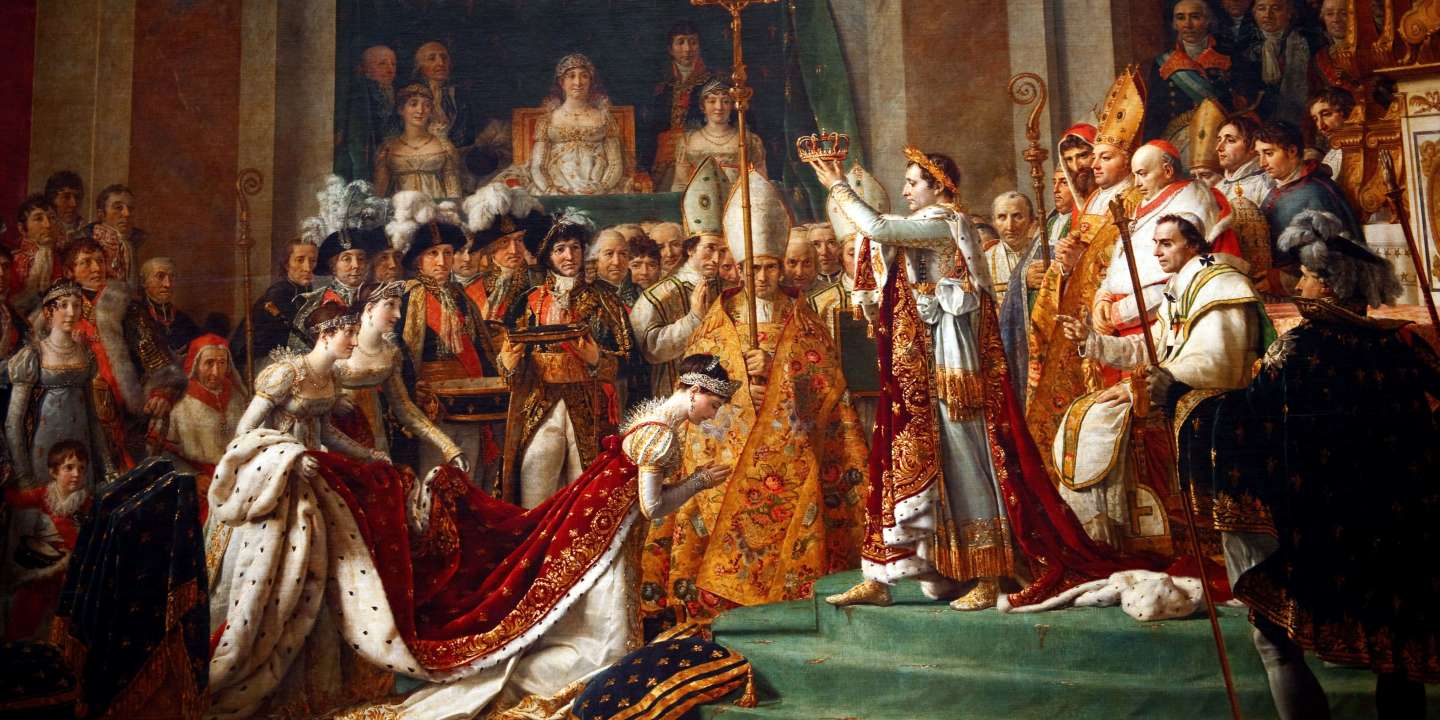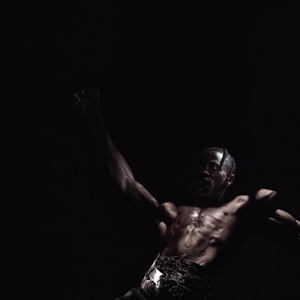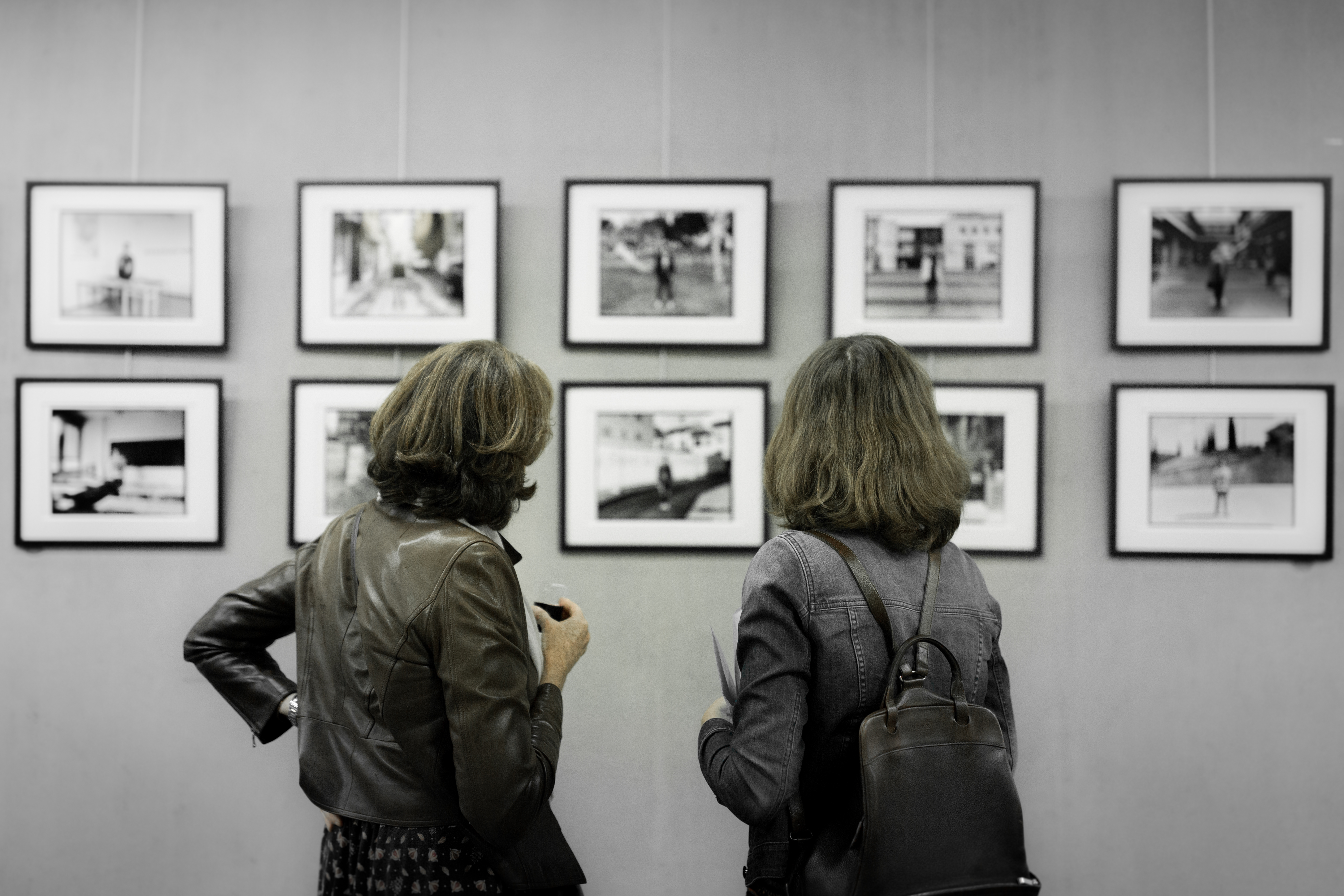By Claire Hines, Year 11
Editing or modifying images of ourselves in order to appear more attractive or successful has always been present in our society. This is called misrepresentation or twisting the truth to our own advantage. A very famous example of visual misrepresentation is the painting Le Sacre de Napoléon, commissioned by Napoleon Bonaparte himself from popular French portraitist Jacques-Louis David. He wished David to make a grandiose painting of his coronation that would then be put on public exhibition in Paris, and intended to have smaller copies made of it to be sent throughout his empire in order to spread his splendor and glory to the far reaches of his dominion. In short, it was a propaganda painting.
Jacques-Louis David was the official painter of first Robespierre during the French revolution for whom he produced several successful propaganda pieces including The Death of Marat in 1793, and later for Napoleon Bonaparte for whom he painted The Sacre de Napoléon from 1804 to 1807 among other works.
The Sacre de Napoléon or the crowning of Napoleon, is 6.21 by 9.79 meter piece conserved in the Louvre in Paris. Bonaparte ordered a painting of his coronation from David to use to promote himself among the French people.
However, there are several examples of misrepresentation in this painting starting with its title, for it does not represent the crowning of Napoleon, but that of his wife and empress, Josephine Beauharnais. Though the painter was commissioned to represent the crowning of the emperor himself, once the draft was submitted to the latter, he ordered the subject of the painting be changed. For, due to the fact that Napoleon famously snatched the imperial crown from the hand of the pope and crowned himself, the painting made him appear too full of himself and reminded the observer of the emperor’s disrespect towards the head of the catholic church which would have offended the catholic majority of the French population.
Therefore, Jacques-Louis David started the painting again, this time with the crowning of the Empress Josephine as its subject. However, the misrepresentation does not end there. Another example of the latter is the demeanor of the pope, Pius VII. In the painting, he is sitting behind the emperor with his hand raised to bless the newly crowned ruler and his wife. However, according to popular belief, upon his arrival after a hard journey across Europe from the north of Italy, Pius VII was taken straight to the cathedral of Notre-Dame to perform the ceremony, which much to his surprise he did not do as Napoleon proceeded to crown himself and in doing so, showed great disrespect for the catholic Church. So, it is much more likely that the pope was not quite so placid and serene as the painting makes him out to be by the time the second ceremony was taking place, and if he was making hand gestures, I have a feeling they would have been of a very different sort.
Another problem with the painting is the presence of Letizia Bonaparte, the emperor’s mother, represented in the seat of honour of the royal pavilion behind her daughter in law. In fact, Letizia Bonaparte did not attend the ceremony as at the time she and her son were having an argument over the new titles to be given to herself and her other children once he was made emperor. However, she was painted in because displaying such a prominent seat empty would leave a questionable gap in the painting and the emperor did not want the people to dwell on his mother’s absence as it did not show him in a very good light.
Finally, it may be noted that Napoleon’s sisters on the left behind Josephine who are holding up her imperial train appear proud and awed by the splendour of their brother and are docilly performing their task. However, it is well known that Napoleon’s sisters and Josephine despised one another, and in some accounts of the ceremony, it is said that they tugged at Josephine’s train and nearly knocked her over in an attempt to make her look bad. In fact, Napoleon himself was obliged to interrupt the proceedings in order to command them to stop.
Then of course there are the usual techniques utilised to make the patron seem more glorious, like the ray of sunshine that comes down to light up his countenance symbolising divine legitimacy and heroism. Also, the tactic of placing Bonaparte on a podium with the people closest to him sitting down to make him appear taller, similar in fact to techniques used to make contemporary actor Tom Cruise appear taller in movies like Top Gun or Mission Impossible.
In conclusion, though a magnificent painting of breath-taking scale, it twists, adds to, and modifies the truth in order to make the patron look better and stand out more. To achieve this end the painter did not hesitate to add elements that were not there or to idealize real circumstances.
This visual representation is just as present today as it was back then, and even before. In fact, today it is much more present due to the development of the internet, everyone has access to applications like Photo Shop or Canva that enable them to distort reality and then use social media to diffuse these images all around the world.
So, be careful how you view a picture, things are not always as they seem.



